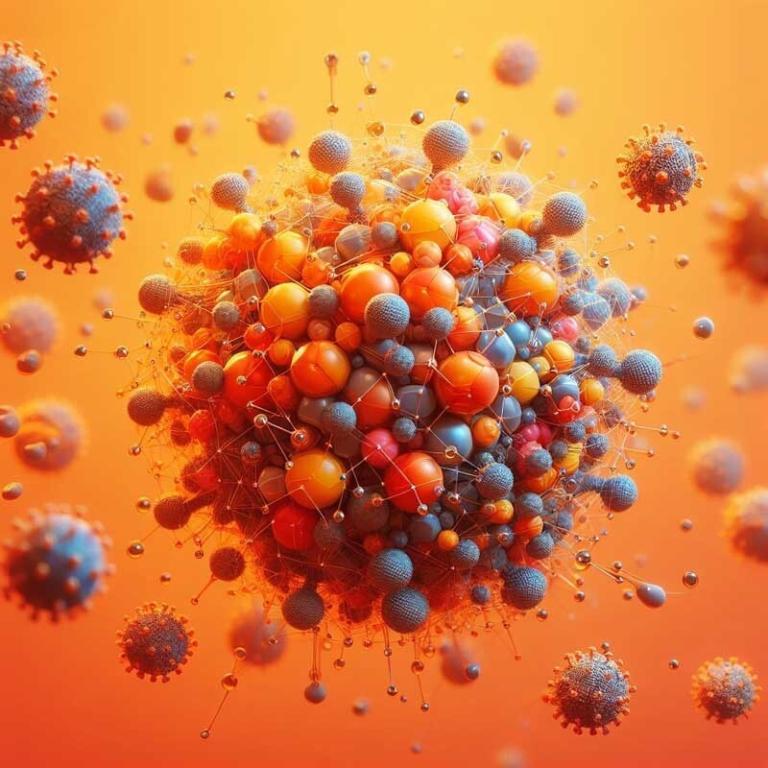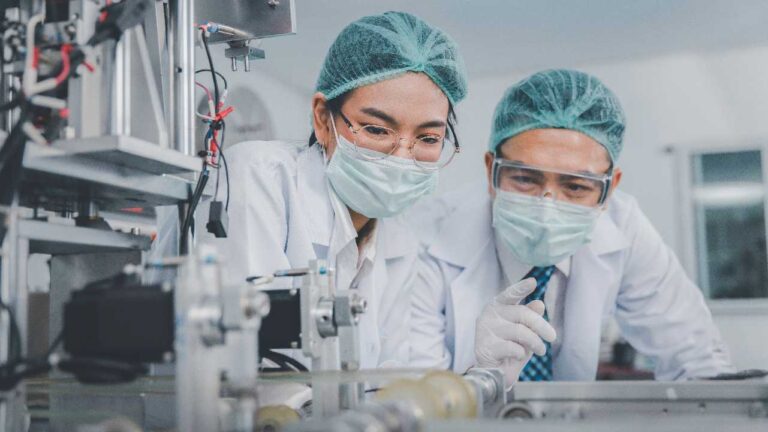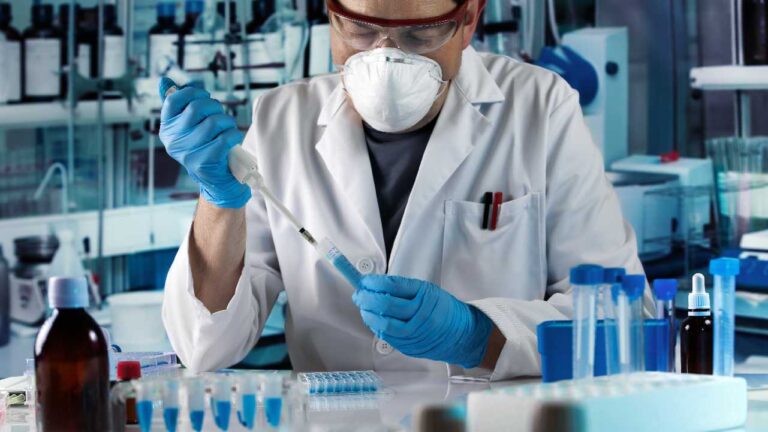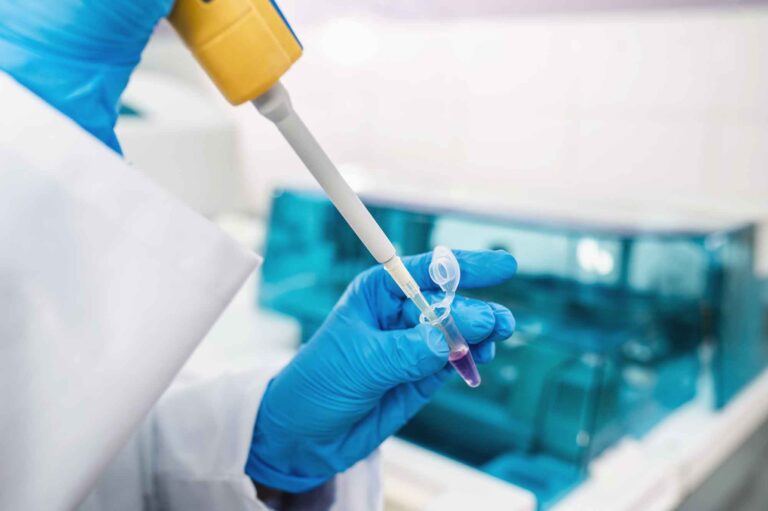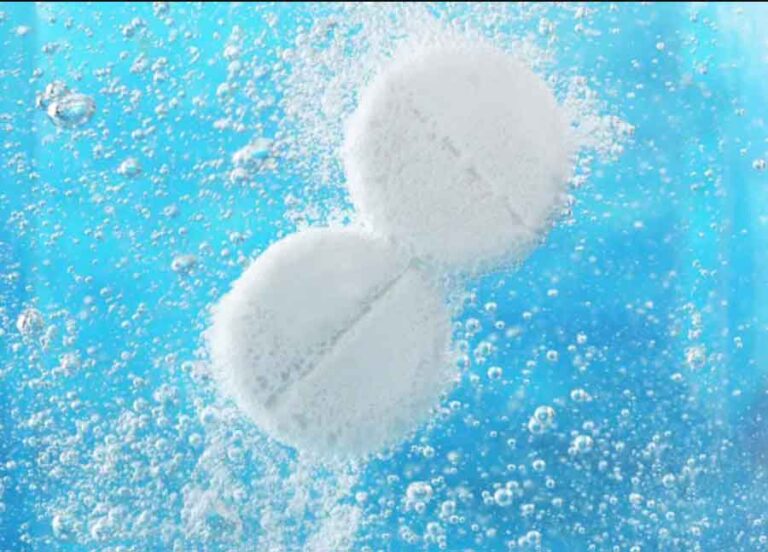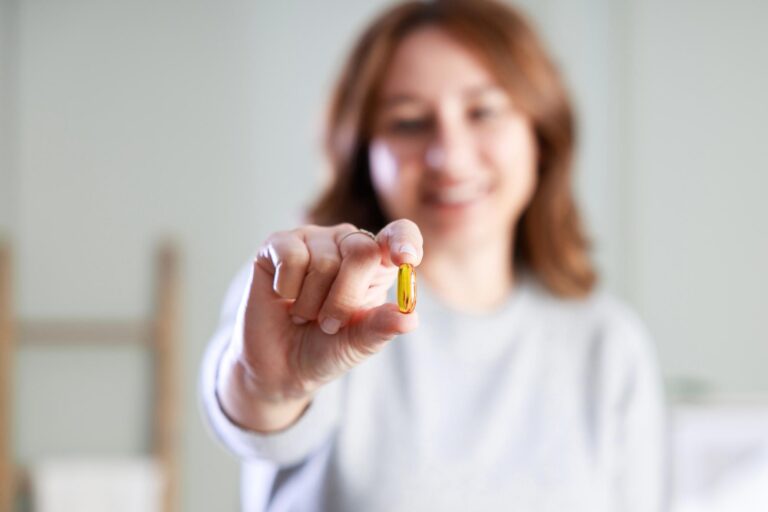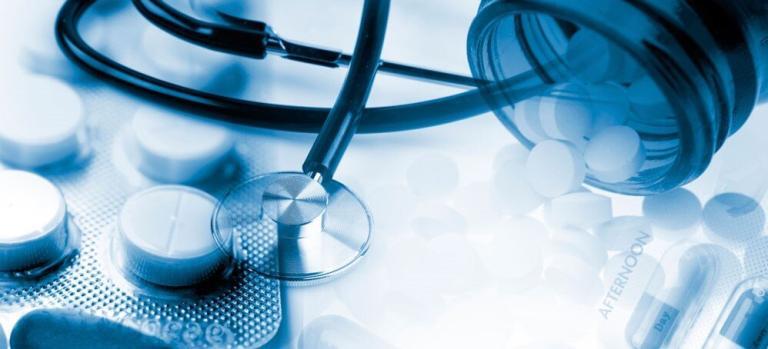Self-Emulsifying Drug Delivery Systems (SEDDS) are a class of lipid-based formulations that enhance the oral bioavailability of poorly soluble drugs. They are isotropic mixtures of oils, surfactants, and sometimes co-solvents, which can spontaneously form fine oil-in-water emulsions upon contact with gastrointestinal fluids. This process improves the solubility and absorption of drugs that are otherwise difficult to deliver orally due to poor water solubility.
The versatility of SEDDS lies in their ability to improve the oral delivery of various types of therapeutic agents, including protein therapeutics and genetic materials. They can also play a role in overcoming multidrug resistance by inhibiting drug efflux mediated by P-glycoprotein and enhancing lymphatic drug uptake.
SEDDS has been demonstrated to be quite efficient in increasing oral bioavailability of lipophilic products. It is one of the promising methods for controlling the characteristics of medications that are not great choices for oral delivery. SEDDS can be made in variety of solid dosage forms.
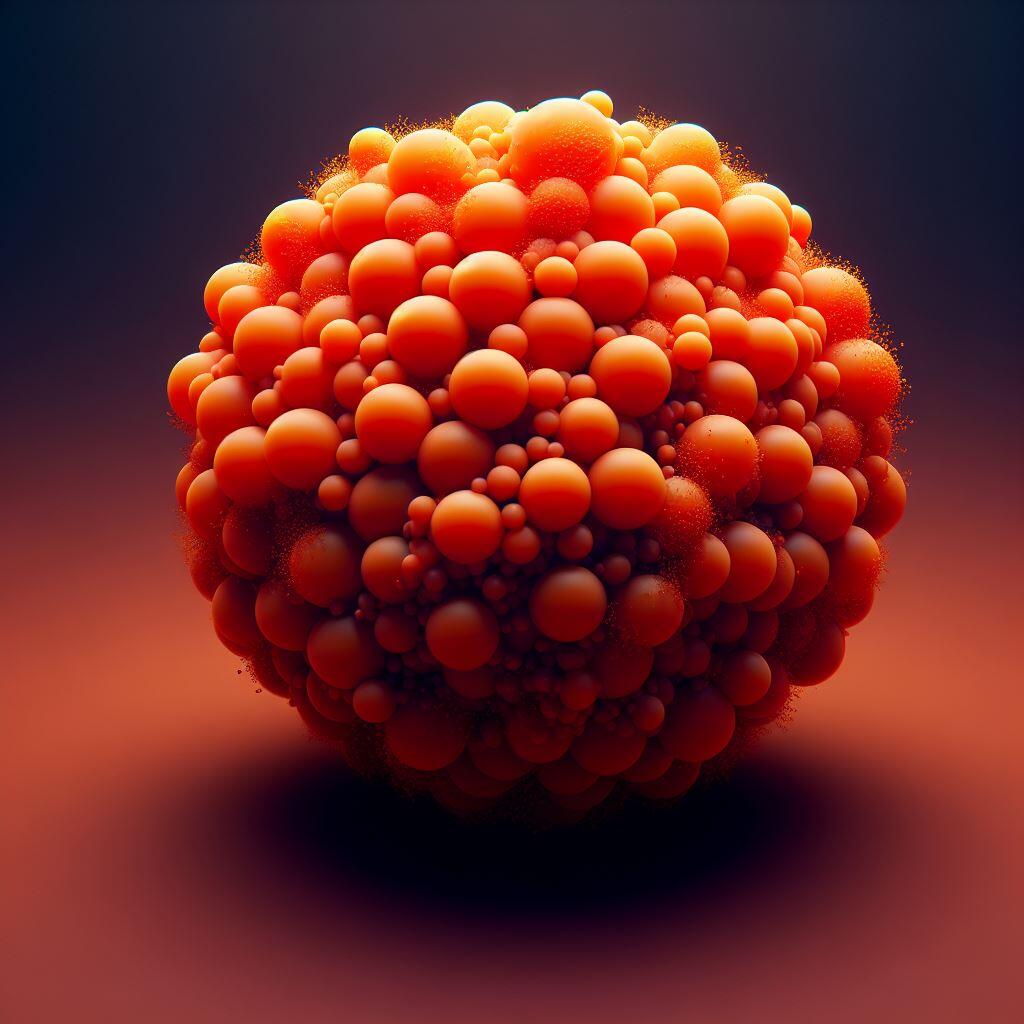
Overview
Core Components of SEDDS
- Oils: These act as the solvent system for the lipophilic drug. The oils are usually long-chain triglycerides or medium-chain triglycerides, which have the capacity to dissolve significant amounts of lipophilic drug molecules.
- Surfactants: These substances are essential in SEDDS as they reduce the surface tension at the oil/water interface. This property is crucial for aiding in the spontaneous formation of microemulsions when the SEDDS come into contact with the aqueous environment of the gastrointestinal tract.
- Co-solvents/Co-surfactants: These are included in the formulation to help solubilize the drug and surfactants, ensuring that the drug remains in a dissolved state within the formulation.
Mechanism of Action
The mechanism by which SEDDS operate is based on their interaction with the gastrointestinal fluids. When administered orally, SEDDS spontaneously emulsify in the gut to form fine oil-in-water emulsions. This emulsification process significantly increases the surface area available for drug absorption, thus enhancing the rate and extent of drug dissolution and absorption. The microemulsion typically presents droplet sizes ranging from 100 to 250 nanometers, facilitating the absorption of the drug through the intestinal lymphatic system and bypassing the hepatic first-pass metabolism.
Advantages Over Conventional Formulations
- Improved Drug Absorption: By transforming poorly soluble drugs into more absorbable forms within the microemulsion droplets, SEDDS lead to higher plasma drug concentrations.
- Reduced Variability: SEDDS provide a more consistent and predictable absorption profile, which is particularly beneficial for drugs with narrow therapeutic windows.
- Enhanced Stability: The encapsulation of the drug within the oil phase of SEDDS can protect it from the acidic and enzymatic conditions of the stomach, thus improving its stability and shelf-life.
Additional Insights
The performance of SEDDS is highly dependent on their composition. The selection of oil, surfactant, and co-solvent must be carefully optimized to achieve the desired emulsification and drug release characteristics. The surfactant concentration and the oil-to-surfactant ratio are key factors that influence the size of the emulsion droplets and the rate of drug release. SEDDS are also recognized for their ease of manufacture and scalability, making them commercially attractive. They can be filled into soft gelatin capsules or formulated into tablets, offering flexibility in dosage form design.
Formulation Development
Advanced Strategies for Pharmaceutical Formulation Optimization
- Solubility Enhancement Protocols: These protocols are crucial for increasing the solubility of active pharmaceutical ingredients (APIs), which is often a limiting factor in drug efficacy. Techniques such as the use of solvents, co-solvents, and excipients are employed to enhance solubility and, consequently, bioavailability.
- Surfactant Efficacy Analysis: The selection of appropriate surfactants is essential for creating stable emulsions. Surfactants reduce surface tension and facilitate the mixing of ingredients, which is particularly important in formulations like creams and ointments.
- Emulsion Stability Optimization: The stability of emulsions is vital for the consistent delivery of drugs. By adjusting ratios and using screening techniques, scientists can ensure that emulsions remain stable over time, preventing separation and degradation.
- Microenvironment pH Control: The pH within a formulation can significantly affect drug solubility and stability. Controlling the microenvironment pH can enhance drug performance, especially in the gastrointestinal tract where pH varies considerably.
- Solid-State Engineering: This involves transforming liquid formulations into solid dosage forms, which can improve stability and patient compliance. Techniques like granulation, coating, and encapsulation are often used in solid-state engineering.
Techniques for Enhancing Bioavailability and Stability
- Nanoemulsion Technology: Nanoemulsions, with their tiny droplet sizes, offer increased surface area for absorption, thus significantly boosting the bioavailability of drugs.
- Lymphatic Targeting Systems: These systems are designed to direct drugs to the lymphatic system, effectively bypassing hepatic first-pass metabolism and enhancing systemic availability.
- Supersaturation Generation: Techniques that generate and maintain a supersaturated state of the drug in the gastrointestinal tract can lead to improved absorption rates.
- Tight Junction Modulation: Modulating tight junctions in the gastrointestinal tract can enhance paracellular transport, allowing for increased absorption of APIs.
- Antioxidant Stabilization: The inclusion of antioxidants in formulations protects drugs from oxidative degradation, enhancing stability and prolonging shelf life.
Solidification Techniques
The transformation of liquid SEDDS into solid forms through innovative solidification techniques not only improves the stability and handling of the drug but also maintains the benefits of enhanced bioavailability characteristic of liquid SEDDS.
Advanced Techniques in Solidification of Liquid SEDDS
The conversion of liquid SEDDS to solid forms involves several sophisticated techniques, each contributing to the overall effectiveness and stability of the final product.
Adsorption to High Surface Area Carriers
This method involves the adsorption of liquid SEDDS onto carriers with a high surface area, such as silica or magnesium aluminometasilicate. The resulting powders retain the self-emulsifying properties and rapidly form emulsions upon contact with gastrointestinal fluids, facilitating the absorption of the drug.
Refined Spray Drying Techniques
Spray drying is a process where the liquid SEDDS is atomized into a heated chamber, causing the solvent to evaporate and leaving behind solid particles. This technique is optimized to maintain the drug’s integrity and results in a fine powder that is easy to handle and formulate into various dosage forms.
Enhanced Melt Granulation
Melt granulation involves the heating of the SEDDS components until they melt, followed by cooling to form granules. This technique ensures a uniform granule size distribution, which is crucial for consistent dosing and performance of the drug.
Precision Extrusion and Spheronization
Extrusion and spheronization are used to produce uniformly sized pellets from the granulated material. These pellets have an optimized surface area, which is beneficial for improving the dissolution rates and, consequently, the bioavailability of the drug.
The Future of SEDDS
Looking ahead, the future of SEDDS is bright, with ongoing research focusing on enhancing their performance and patient compliance. The potential for SEDDS to revolutionize drug delivery is vast, particularly for drugs with poor solubility and bioavailability. Innovations in solidification techniques and the development of novel carriers are expected to further improve the stability and efficacy of these systems.
Nanotechnology Integration
The integration of nanotechnology in SEDDS is anticipated to provide even greater control over drug release and absorption. Nanoparticles can offer targeted delivery and improved cellular uptake, which could significantly enhance the therapeutic outcomes of drugs delivered via SEDDS.
Multifunctional Excipients
The development of multifunctional excipients that can perform multiple roles, such as enhancing solubility, stability, and permeability, is another area of interest. These excipients could simplify the formulation process and improve the overall performance of SEDDS.
Personalized Medicine
SEDDS could play a pivotal role in the field of personalized medicine by enabling the formulation of drug dosages tailored to individual patient needs. This approach could optimize therapeutic efficacy and minimize side effects.
Environmental Sustainability
The environmental impact of pharmaceutical manufacturing is becoming increasingly important. SEDDS offer an opportunity to develop more sustainable manufacturing processes by reducing solvent use and energy consumption during production.
Evaluation And Testing
Advanced In-House Testing Capabilities
State-of-the-Art Analytical Instruments: Our laboratories are equipped with the latest analytical technology, enabling us to conduct a wide array of chemical and physical tests. These range from simple assays to complex bioavailability studies, which are essential for understanding the pharmacokinetic properties of drug formulations. The analytical instruments at our disposal include high-performance liquid chromatography, gas chromatography, mass spectrometry, and nuclear magnetic resonance spectroscopy. Each of these technologies plays a crucial role in the qualitative and quantitative analysis of compounds, providing insights into their chemical structures, molecular weights, and interactions.
High-Throughput Screening Facilities: Utilizing automated systems, we can rapidly screen multiple formulation variables to identify the optimal Self-Emulsifying Drug Delivery System composition. High-throughput screening is a pivotal component of our research and development process, allowing us to test thousands of samples simultaneously for various physicochemical properties, biological activity, and stability. This approach significantly accelerates the discovery and optimization phases, leading to more efficient and effective formulation development.
Stability Chambers: We have dedicated stability chambers that simulate various environmental conditions to assess the long-term stability of SEDDS formulations. These chambers can replicate different temperature and humidity settings, which are vital for conducting accelerated stability studies. By exposing the SEDDS to these controlled stress conditions, we can predict their shelf life and ensure that they maintain their efficacy and safety over time.
Bioanalytical Labs: Our bioanalytical labs are capable of conducting sophisticated pharmacokinetic studies to evaluate the bioavailability and therapeutic potential of SEDDS. These labs are equipped with state-of-the-art instrumentation and staffed by experienced scientists who specialize in the analysis of biological matrices such as blood, plasma, and tissue samples. Through these studies, we can determine the absorption, distribution, metabolism, and excretion profiles of drug candidates, which are critical for successful clinical outcomes.
Regulatory Standard Compliance: All testing is performed in accordance with current Good Laboratory Practices and other regulatory standards, ensuring that our SEDDS formulations are ready for clinical trials and market approval. Adherence to these standards guarantees the integrity, reliability, and reproducibility of our data, which is essential for regulatory submissions and the commercialization of new drug products.
Criteria for Evaluating SEDDS Performance
Droplet Size and Polydispersity Index: We measure the droplet size and PDI to ensure the emulsion formed is within the optimal range for maximum absorption and stability. The droplet size affects the surface area available for drug release and absorption, while the PDI provides information on the uniformity of the droplet size distribution. A low PDI indicates a homogeneous emulsion, which is desirable for consistent drug delivery.
Zeta Potential for Emulsion Stability: The zeta potential is assessed to predict the long-term stability of the emulsion, with higher values indicating better stability against aggregation. Zeta potential measurements reflect the surface charge of the droplets, which influences the repulsive forces between them. A sufficiently high zeta potential can prevent droplet coalescence, thereby enhancing the stability of the emulsion.
Solubility and Dissolution Profiles: We evaluate the solubility enhancement of the drug in the SEDDS and its dissolution profile, which are critical for predicting in vivo performance. Enhanced solubility can lead to improved bioavailability, especially for poorly water-soluble drugs. The dissolution profile provides insights into the rate and extent of drug release from the SEDDS, which is a key determinant of its therapeutic efficacy.
In Vitro Dispersion and Digestion Tests: These tests mimic the physiological conditions of the gastrointestinal tract to predict how the SEDDS will behave upon administration. By simulating the digestive process, we can assess the dispersion and breakdown of the SEDDS, as well as the release and solubilization of the encapsulated drug.
Lymphatic Uptake Studies: We conduct specialized studies to evaluate the potential for lymphatic uptake, which can significantly impact the bioavailability of lipophilic drugs. The lymphatic system offers an alternative route for drug absorption, bypassing the hepatic first-pass effect and potentially enhancing systemic availability.
Scientific Methodology
Empirical and Computational Formulation Development: Our team combines empirical data with computational models to predict the behavior of SEDDS in the body, ensuring that our formulations are optimized for both performance and patient safety. This integrative approach leverages the strengths of both experimental data and theoretical simulations, leading to more robust and reliable formulation strategies.
Quality by Design Framework: We employ a Quality by Design framework from the earliest stages of development, building quality into the product and streamlining the path to regulatory approval. The QbD paradigm focuses on understanding the formulation and manufacturing processes, identifying critical quality attributes, and establishing design spaces that ensure consistent product quality.
Collaborative Innovation: Our scientists work in close partnership with clients, customizing formulations to meet specific therapeutic needs and ensuring compliance with all regulatory requirements. This collaborative approach fosters innovation and allows for the tailoring of SEDDS to the unique pharmacological profiles of different drugs, ultimately leading to more effective and personalized therapies.
Related Services
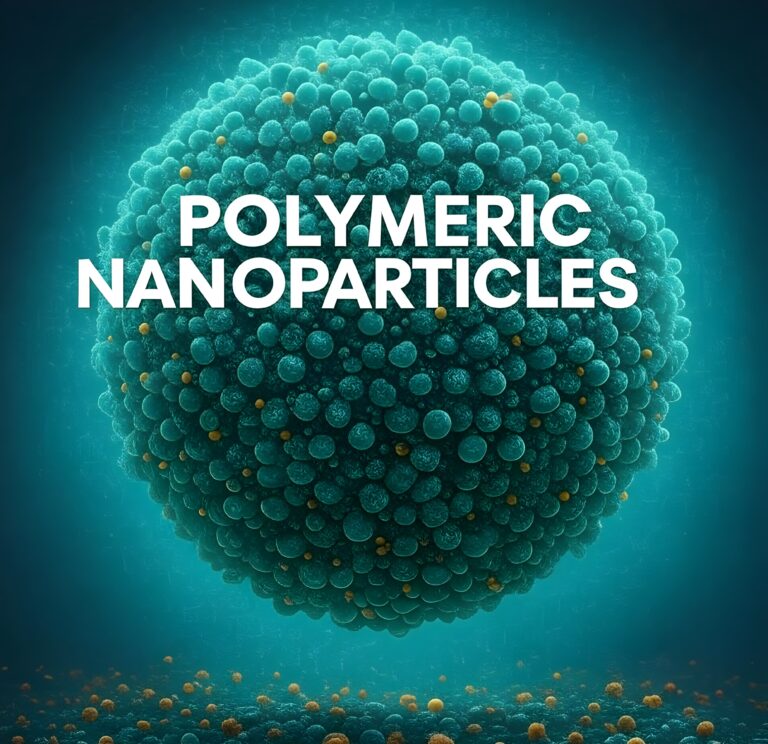

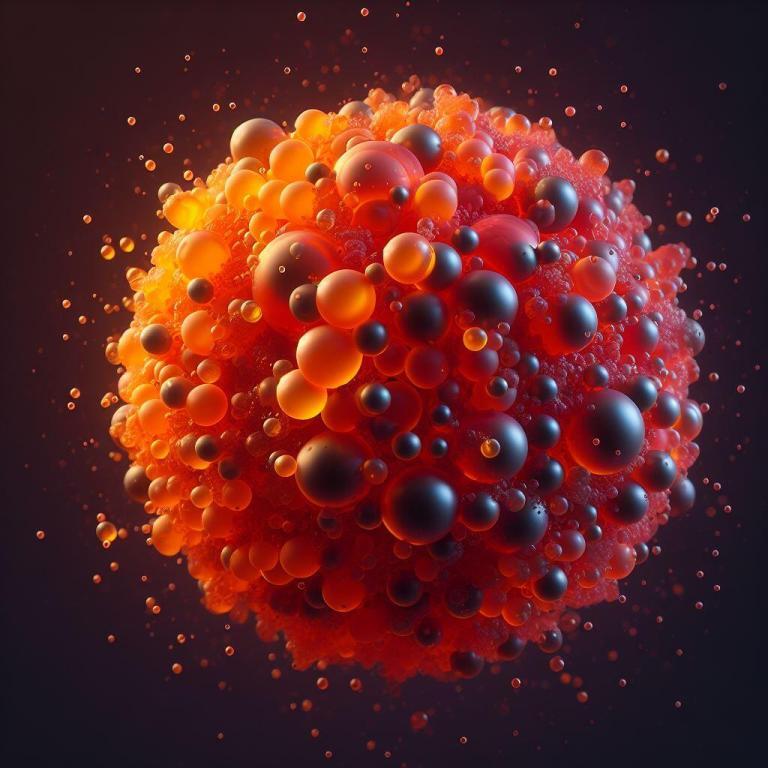



FAQs
Here are some frequently asked questions about Self-Emulsifying Drug Delivery Systems
SEDDS are mixtures of oils, surfactants, and solvents that can spontaneously form a fine oil-in-water emulsion upon mild agitation in the gastrointestinal tract. This technology is designed to improve the oral absorption of highly lipophilic compounds that are poorly soluble in water.
SEDDS enhances drug bioavailability by increasing the solubility and dissolution rate of poorly water-soluble drugs. The small droplet size of the emulsion provides a large surface area for drug absorption, and the lipid components can facilitate lymphatic transport, bypassing the hepatic first-pass effect.
A typical SEDDS formulation consists of a lipid oil phase, one or more surfactants, and co-solvents or co-surfactants. These components work together to solubilize the drug and create a stable emulsion upon dilution in aqueous media.
EDDS and Self-Microemulsifying Drug Delivery Systems (SMEDDS) differ mainly in the droplet size of the emulsion they form. SEDDS typically produce emulsions with droplet sizes between 100 and 300 nm, while SMEDDS form smaller, transparent microemulsions with droplet sizes less than 50 nm.
SEDDS are particularly beneficial for drugs that are lipophilic and have poor aqueous solubility. They are not suitable for drugs that are highly hydrophilic or drugs that are unstable in lipid environments.
The advantages of using SEDDS include improved solubility and bioavailability of lipophilic drugs, potential for reduced dosing frequency, enhanced absorption, and the possibility of reducing food effect on drug absorption.
While SEDDS offer many benefits, they also have limitations such as the potential for drug precipitation upon dilution, stability issues with certain drugs, and the requirement for careful selection of excipients to avoid drug-excipient interactions.
SEDDS formulations are prepared by dissolving the drug in a mixture of oil, surfactant, and co-solvent. The mixture is then homogenized to ensure uniformity and can be filled into soft gelatin capsules or other suitable dosage forms.
SEDDS, like all drug delivery systems, must comply with regulatory requirements. They must be thoroughly characterized, and their safety and efficacy must be demonstrated through clinical trials before they can be approved for market.
SEDDS is one of several lipid-based delivery systems. Compared to others, SEDDS is known for its ease of manufacture, physical stability, and ability to self-emulsify in the gastrointestinal tract without the need for external energy input.


